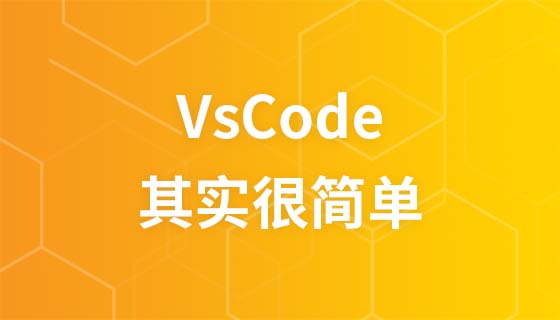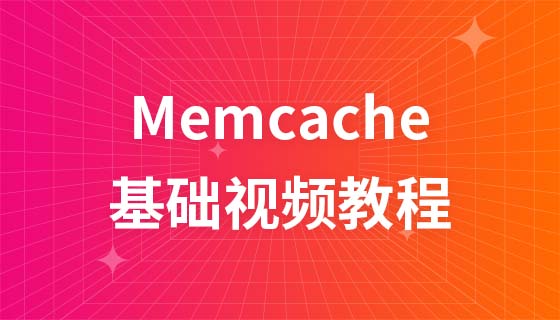uwp的用户界面主要由布局容器和内容控件(contentcontrol)组成。布局容器包括grid、stackpanel等,这些类继承自panel,可以容纳多个子元素。相比之下,contentcontrol只能包含一个子元素。
在UWP中,Button、CheckBox、ScrollViewer、Frame、ToolTip等控件都继承自ContentControl。其它控件要么在ContentTemplate中使用ContentControl,要么被ContentControl使用,可以说ContentControl是UWP中最重要的控件之一。
ContentControl的定义并不复杂,它主要包含四个属性:Content、ContentTemplate、ContentTemplateSelector和ContentTransitions。
Content:Content属性可以接受任何类型的值,它的值即为ContentControl要显示的对象。Content的类型可以分为两类:
<StackPanel>
<ContentControl>
<AdaptiveTrigger></AdaptiveTrigger>
</ContentControl>
<ContentControl>
<Rectangle Fill="Red" Height="50"></Rectangle>
</ContentControl>
</StackPanel>![[UWP 自定义控件]了解模板化控件(2.1):理解ContentControl](https://img.php.cn/upload/article/001/503/042/175634886593278.jpg)
ContentTemplate:要按自己的想法显示ContentControl的内容,可以使用ContentTemplate属性
public DataTemplate ContentTemplate { get; set; }下面的示例展示了如何将ScoreModel显示在UI上。
<Grid Background="{ThemeResource ApplicationPageBackgroundThemeBrush}">
<Grid.Resources>
<DataTemplate x:Key="PassTemplate">
<Border Background="Green">
<TextBlock FontSize="20" Foreground="White" HorizontalAlignment="Center" Margin="20" Text="{Binding Score}"></TextBlock>
</Border>
</DataTemplate>
</Grid.Resources>
<ContentControl ContentTemplate="{StaticResource PassTemplate}">
<ScoreModel Score="30"></ScoreModel>
</ContentControl>
</Grid>![[UWP 自定义控件]了解模板化控件(2.1):理解ContentControl](https://img.php.cn/upload/article/001/503/042/175634886527205.jpg)
ContentTemplateSelector:如果需要根据Content动态选择要使用的ContentTemplate,可以使用
public DataTemplateSelector ContentTemplateSelector { get; set; }要使用ContentTemplateSelector,首先需要实现一个继承自DataTemplateSelector的类,并重写
protected override DataTemplate SelectTemplateCore(object item, DependencyObject container)
以下示例展示了SimpleDataTemplateSelector的功能,它通过判断Score是否大于60来选择返回PassTemplate或FailTemplate。PassTemplate和FailTemplate都是SimpleDataTemplateSelector的公共属性,并在XAML中注入到SimpleDataTemplateSelector中。
public class SimpleDataTemplateSelector : DataTemplateSelector
{
public DataTemplate PassTemplate { get; set; }
public DataTemplate FailTemplate { get; set; }
protected override DataTemplate SelectTemplateCore(object item, DependencyObject container)
{
var model = item as ScoreModel;
if (model == null)
return null;
if (model.Score >= 60)
return PassTemplate;
else
return FailTemplate;
}
}<StackPanel>
<StackPanel.Resources>
<DataTemplate x:Key="PassTemplate">
<Border Background="Green">
<TextBlock FontSize="20" Foreground="White" HorizontalAlignment="Center" Margin="20" Text="{Binding Score}"></TextBlock>
</Border>
</DataTemplate>
<DataTemplate x:Key="FailTemplate">
<Border Background="Red">
<TextBlock FontSize="20" Foreground="White" HorizontalAlignment="Center" Margin="20" Text="{Binding Score}"></TextBlock>
</Border>
</DataTemplate>
<SimpleDataTemplateSelector FailTemplate="{StaticResource FailTemplate}" PassTemplate="{StaticResource PassTemplate}" x:Key="DataTemplateSelector"></SimpleDataTemplateSelector>
<Setter Property="ContentTemplateSelector" Value="{StaticResource DataTemplateSelector}"></Setter>
</StackPanel.Resources>
<ContentControl>
<ScoreModel Score="60"></ScoreModel>
</ContentControl>
<ContentControl>
<ScoreModel Score="30"></ScoreModel>
</ContentControl>
</StackPanel>![[UWP 自定义控件]了解模板化控件(2.1):理解ContentControl](https://img.php.cn/upload/article/001/503/042/175634886576278.jpg)
ContentTransitions:
public TransitionCollection ContentTransitions { get; set; }<ContentControl x:Name="ContentControl">
<ContentControl.ContentTransitions>
<TransitionCollection>
<AddDeleteThemeTransition></AddDeleteThemeTransition>
</TransitionCollection>
</ContentControl.ContentTransitions>
</ContentControl>UWP提供了许多优秀的动画效果,适当使用可以提升用户体验。如果没有优秀的UI设计,使用默认的ContentTransitions也是不错的选择。
以上就是[UWP 自定义控件]了解模板化控件(2.1):理解ContentControl的详细内容,更多请关注php中文网其它相关文章!

每个人都需要一台速度更快、更稳定的 PC。随着时间的推移,垃圾文件、旧注册表数据和不必要的后台进程会占用资源并降低性能。幸运的是,许多工具可以让 Windows 保持平稳运行。




Copyright 2014-2025 https://www.php.cn/ All Rights Reserved | php.cn | 湘ICP备2023035733号